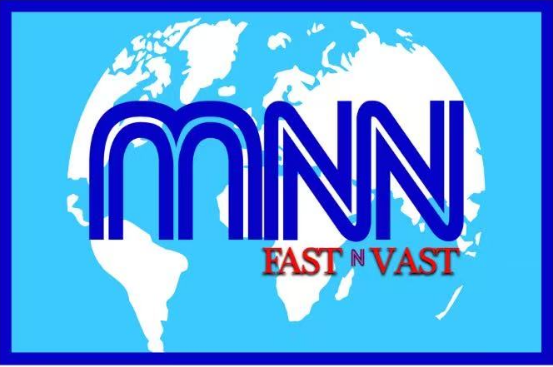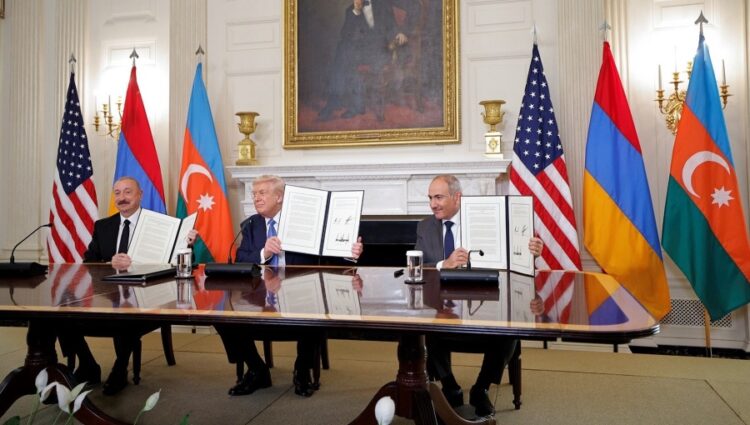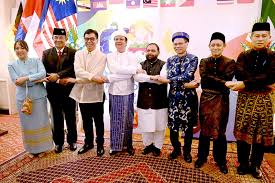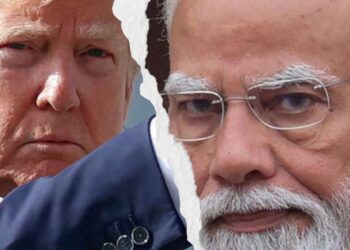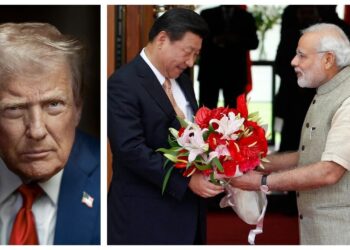WASHINGTON; President of Azerbaijan Ilham Aliyev’s two-day visit to the United States on August 7–8 markeda significant step toward deepening bilateral ties and advancing peace efforts in the South Caucasus.
During the visit, President Aliyev and U.S. President [Name] signed a “Memorandum of Understanding between the Government of the Republic of Azerbaijan and the Government of the United States of America regarding the establishment of a Strategic Working Group to develop a Charter on Strategic Partnership.” The agreement aims to elevate Azerbaijan–U.S. relations to the level of a strategic partnership.
Under the memorandum, a joint Strategic Working Group will be formed to prepare the Charter within six months. The framework will prioritize cooperation in regional connectivity — including energy, trade, and transit — as well as economic investment in sectors such as artificial intelligence and digital infrastructure. Defense, security, and counter-terrorism will also be key focus areas, creating a formal structure for expanded practical collaboration.
A notable moment came when the U.S. President signed an executive order extending the waiver of Section 907 of the Freedom Support Act — a long-standing obstacle in bilateral relations. The move, announced during the presidential meeting, was hailed in Baku as a symbolic breakthrough.
The visit also brought important developments in Azerbaijan’s normalization process with Armenia. A trilateral summit between the leaders of Azerbaijan, the United States, and Armenia concluded with the signing of a Joint Declaration by Presidents Aliyev and [Name of Armenian President], with the U.S. leader acting as witness. In parallel, the foreign ministers of Azerbaijan and Armenia initialed the draft “Agreement on Establishment of Peace and Inter-State Relations” and co-signed a letter to the OSCE Chairperson-in-Office requesting the closure of the OSCE Minsk Process and its associated structures.
The Joint Declaration reaffirmed Azerbaijan’s peace agenda and recognized that further steps are required to finalize and ratify the peace agreement. Baku emphasized that constitutional amendments in Armenia would be necessary to remove territorial claims against Azerbaijan.
Another provision of the declaration called for the opening of transportation and communication links between the two countries, ensuring unimpeded connectivity between mainland Azerbaijan and its Nakhchivan Autonomous Republic. As part of this, the U.S. will lead the “Trump Route for International Peace and Prosperity,” a project to establish a secure transit corridor through Armenian territory linking Azerbaijan and Nakhchivan.
Closing the OSCE Minsk Process — long viewed by Baku as an outdated mechanism — is seen as a major step toward resolving historical disputes and removing institutional barriers to peace.
The economic dimension of the visit was underscored by the signing of a Memorandum of Cooperation between Azerbaijan’s state oil company SOCAR and U.S. energy giant ExxonMobil, in the presence of President Aliyev and the U.S. President’s Special Envoy. The agreement seeks to expand cooperation in both conventional and unconventional oil and gas opportunities in Azerbaijan.
Diplomatic observers describe the outcomes of the visit as historic, combining a formal blueprint for U.S.–Azerbaijan strategic ties with tangible progress toward ending decades of conflict between Azerbaijan and Armenia.






